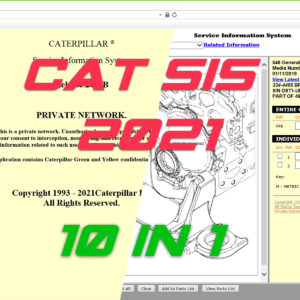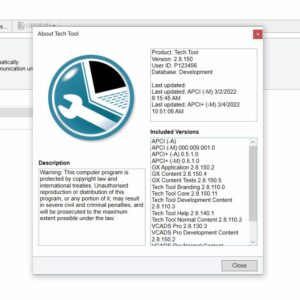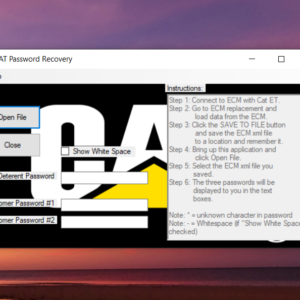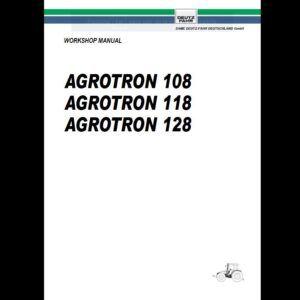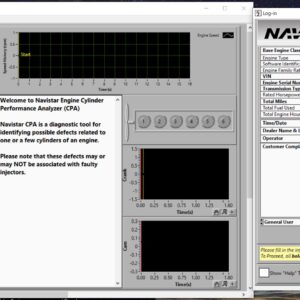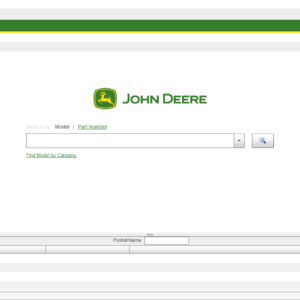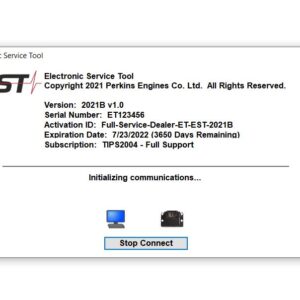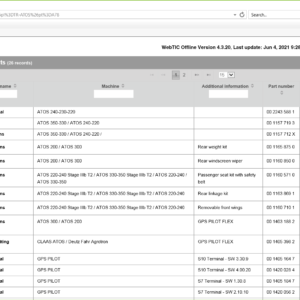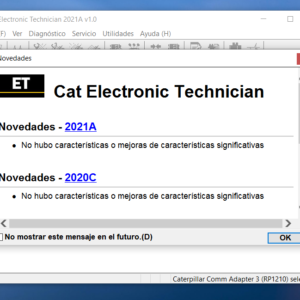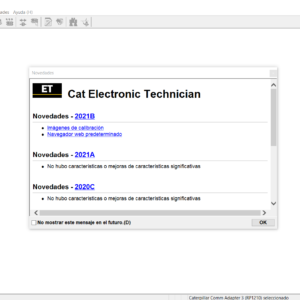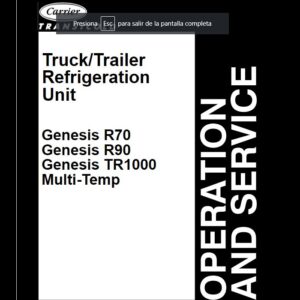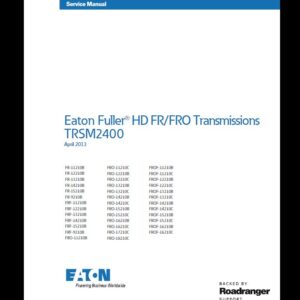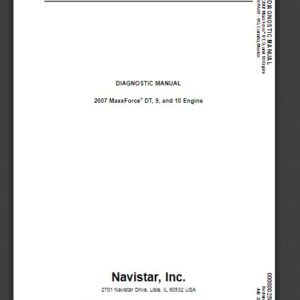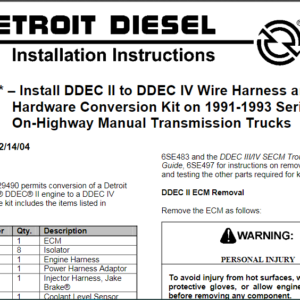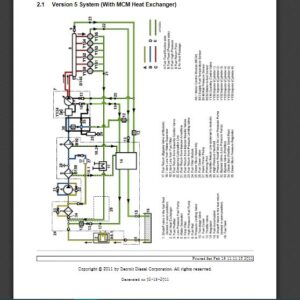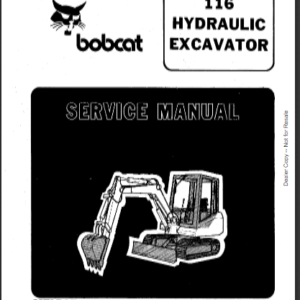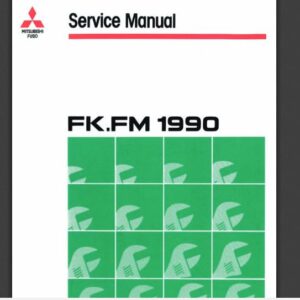Allison 3000 & 4000 Gen 4 Fault Code: P0122 Pedal Position Sensor Circuit Low Voltage
DIAGNOSTIC RESPONSE:
Use default throttle values. Freezes shift adapts
CIRCUIT DESCRIPTION:
The TCM may be calibrated to receive an analog TPS pedal position signal from a TPS. Throttle position information comes from a resistive sensor. The resistive throttle sensor is attached to throttle linkage. This device produces a voltage proportional to throttle position.
NOTE: Refer to Throttle Position Sensor (TPS) Adjustment for the TPS adjustment procedure and signal voltage specifications.
NOTE: The transmission TPS is not the same accelerator pedal sensor that the driver actuates to accelerate the vehicle. The transmission TPS is not used to fuel, accelerate, or decelerate the engine or vehicle. The transmission TPS is only wired to the transmission TCM and is only used for shift scheduling purposes based on the TPS signal amount (shown as TPS voltage in Data Monitor).
NOTE: A throttle source can be specified by:
1. Autodetect of the throttle source (prior to MY 09 new release calibrations). Calibrations that have rolled forward from a previous software release will continue to have the autodetect source available in later CIN versions.
2. Use of CMC Override Throttle Source with the diagnostic tool to set throttle source (Analog, SAE J1939, SAE J1587, PWM, or Autodetect). Choose “Autodetect”‘ from the CMC list only if the calibration is prior to MY 09 or the autodetect feature has rolled into a later CIN version.
3. Communication link type picked during calibration request process for MY 09 and later calibrations
NOTE: New MY 09 and later calibrations that did not maintain autodetect, i.e. did not roll forward from earlier software, should not be re-programmed by the CMC Override Throttle Source. This disables some datalink features for the calibration’s specified communication link type. If a different throttle source is needed, calibrate with a new CIN that enables the desired throttle source.
The TCM is connected to the TPS by:
1. A 5V reference voltage (W112),
2. TPS signal (W144), and
3. Analog ground (W158).
The TCM provides a 5V reference voltage to the TPS. A voltage divider network in the sensor produces a TPS signal in response to the pedal position. The TCM interprets this signal as TPS voltage. At each incremental distance of 0.78 mm (0.007 inch) along the resistive strip, the sensor produces a proportional voltage to the TCM on W144. The varying voltage at W144 is interpreted as pedal position and the driver’s demand for engine torque and vehicle speed. The TCM uses this TPS information for transmission shift scheduling and modulation.
CONDITIONS FOR RUNNING THE DTC:
1. An analog TPS must be the throttle source.
2. After TCM initializes normally and engine speed is above 200 rpm for more than 5 seconds, this DTC test will run at 0.10 second intervals.
3. DTC P0122 not active.
CONDITIONS FOR SETTING THE DTC:
DTC P0122 sets if the TCM has autodetected, forced, or been calibrated to receive an analog TPS signal, and the signal voltage is less than 0.25V for 5 seconds.
ACTION TAKEN WHEN THE DTC SETS:
When DTC P0122 is active, the following conditions occur:
1. The TCM does not illuminate the CHECK TRANS light, unless January 2010 software or later.
2. DTC is stored in TCM history.
3. Default value used for % throttle based on engine torque and engine speed.
CONDITIONS FOR CLEARING THE DTC/CHECK TRANS LIGHT:
Use the diagnostic tool to clear the DTC from the TCM history. The TCM automatically clears the DTC from the TCM history if the vehicle completes 40 warm-up cycles without failure.
DIAGNOSTIC AIDS:
DTC P0122 indicates the TCM has detected a voltage signal from the TPS in the low error zone and may be caused by the following:
1. Open or short to ground in W112 or W144 circuits.
NOTE: Shorts or opens in W112 typically will log other sensor failed low DTCs that are using W112 (5V), such as the Oil Level Sensor (OLS), or Retarder Modulation Request (RMR) Sensor. Shorts or opens in W144 (TPS signal) only causes DTC P0122.
2. Analog TPS source set in calibration or has been autodetected in non-analog TPS applications.
3. Analog TPS source set by CMC Override Throttle Source using the diagnostic tool in non-analog TPS application.
4. Missing, defective, or unplugged TPS.
5. Defective sensor sharing 5V supply.
6. 5V wire open or grounded in transmission internal harness.
7. Broken or defective connector assemblies allowing pushed back pins to short together.
8. Unlocked connectors, missing seal plugs allowing moisture in connectors.
9. TCM issue.
10. TPS not adjusted. Refer to Throttle Position Sensor (TPS) Adjustment.
Review applicable information in Control System and Transmission Specifications to find additional circuit specifications, system and connector diagrams, and troubleshooting tips.
-
10 IN 1 FOR CAT SIS Caterpillar 2021 Full Service Dealer INCLUDING CAT 2019 C
CAT $110.00Rated 0 out of 5 -
premium volvo tech tool update 2.8.150 diagnostic software 1pc
Trucks software $150.00Rated 0 out of 5 -
JPRO 2022 v1 Commercial Vehicle Diagnostics V1 Software Download & Installation Service ( 1 PC )
JPRO $94.00Rated 0 out of 5
-
John Deere & Hitachi Parts ADVISOR 2020 [08.2020] Offline DVD Spare Parts Catalog
John Deere $120.00Rated 0 out of 5 -
CLAAS WebTIC Offline [11.2021] Service Information – ENGLISH Language
CLAAS $100.00Rated 0 out of 5 -
CAT ET 2021A (Caterpillar Electronic Technician) + Factory Password (1 PC )
CAT $65.00Rated 0 out of 5
Related products
-
Allison 1000 & 2000 Gen 4 Fault Codes: P2773 Torque Control Request Ignored – ECM/TCM
1000 & 2000 Gen 4 $50.00Rated 0 out of 5 -
Allison 1000 & 2000 Gen 4 Fault Codes: U1096 J1850 (Class 2) IPC Controller State of Health Failure
1000 & 2000 Gen 4 $50.00Rated 0 out of 5 -
Allison 1000 & 2000 Gen 4 Fault Codes: U1041 J1850 (Class 2) ABS Controller State of Health Failure
1000 & 2000 Gen 4 $50.00Rated 0 out of 5 -
Allison 1000 & 2000 Gen 4 Fault Codes: U0031 J1850 (Class 2) Serial Data Communication Link Low
1000 & 2000 Gen 4 $50.00Rated 0 out of 5 -
Allison 1000 & 2000 Gen 4 Fault Codes: P1891 Engine Throttle Position Sensor Pulse Width Modulation (PWM) Signal Low Input
1000 & 2000 Gen 4 $50.00Rated 0 out of 5 -
Allison 1000 & 2000 Gen 4 Fault Codes: P0871 Transmission Pressure Switch Solenoid E Circuit Stuck Open
1000 & 2000 Gen 4 $50.00Rated 0 out of 5 -
Allison 1000 & 2000 Gen 4 P0719 Brake Switch ABS Input Low
1000 & 2000 Gen 4 $50.00Rated 0 out of 5 -
Allison 1000 & 2000 Gen 4 Fault Codes: P2771 Four-Wheel Drive Switch Circuit
1000 & 2000 Gen 4 $50.00Rated 0 out of 5 -
Allison 1000 & 2000 Gen 4 Fault Codes: P0876 Transmission Reverse Pressure Switch Circuit Stuck Open
1000 & 2000 Gen 4 $50.00Rated 0 out of 5 -
Allison 1000 & 2000 Gen 4 Fault Codes: P0846 Transmission Pressure Switch Solenoid D Circuit Stuck Open
1000 & 2000 Gen 4 $50.00Rated 0 out of 5 -
Allison 1000 & 2000 Gen 4 Fault Codes: P1688 Unmanaged Engine Torque Delivered To TCM Signal
1000 & 2000 Gen 4 $50.00Rated 0 out of 5 -
Allison 1000 & 2000 Gen 4 Fault Codes: U1064 J1850 (Class 2) TBC Controller State of Health Failure
1000 & 2000 Gen 4 $50.00Rated 0 out of 5 -
Allison 1000 & 2000 Gen 4 Fault Codes: P0848 Transmission Pressure Switch Solenoid D Circuit High
1000 & 2000 Gen 4 $50.00Rated 0 out of 5 -
Allison 1000 & 2000 Gen 4 Fault Codes: P1779 Engine Torque Delivered To TCM Signal
1000 & 2000 Gen 4 $50.00Rated 0 out of 5 -
Allison 1000 & 2000 Gen 4 Fault Codes: U1300 J1850 (Class 2) Serial Data Communication Link Low
1000 & 2000 Gen 4 $50.00Rated 0 out of 5
-
SERVICE MANUAL Carrie Genesis R70 Genesis R90 Genesis TR1000 Multi -Temp
CARRIE $25.00Rated 0 out of 5 -
SERVICE MANUAL Eaton Fuller® HD FR/FRO TransmissionsTRSM2400April 2013
TRUCK MANUALSRated 0 out of 5 -
SERVICE MANUAL International Engines MaxxForce DT 9 10 (2007-2009)
INTERNATIONAL ENGINES $30.00Rated 0 out of 5 -
SERVICE MANUAL International Engines DT466 & DT570 (2004-2006) D
INTERNATIONAL ENGINES $34.00Rated 0 out of 5

